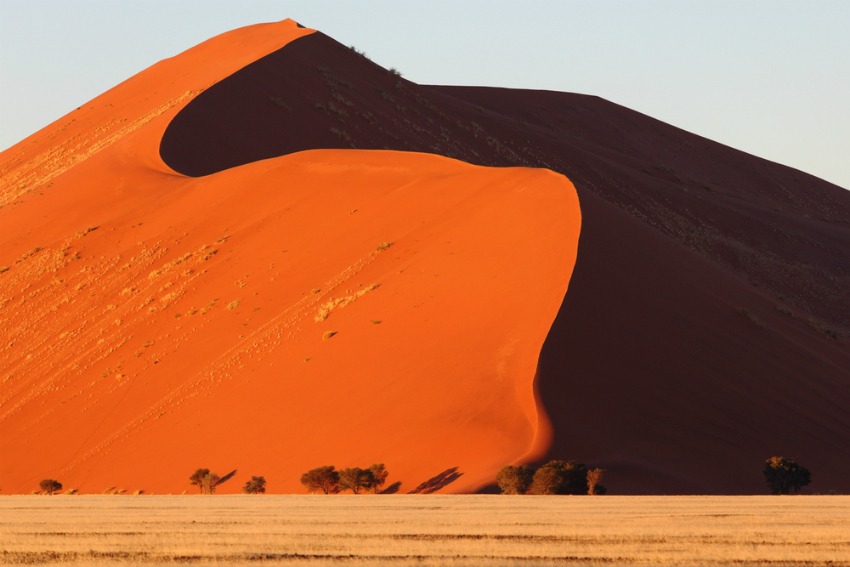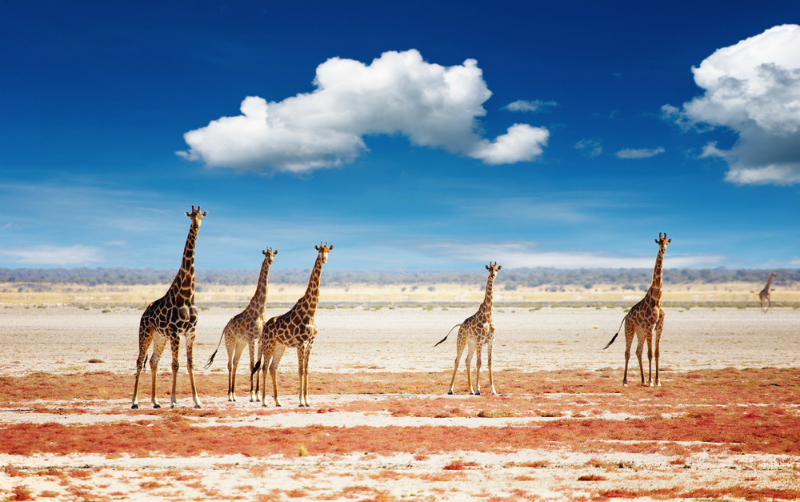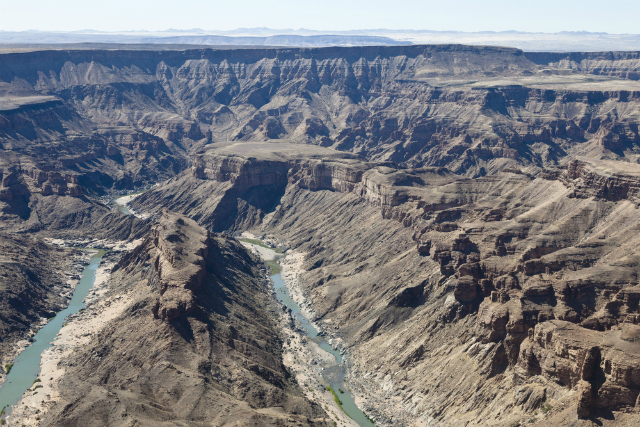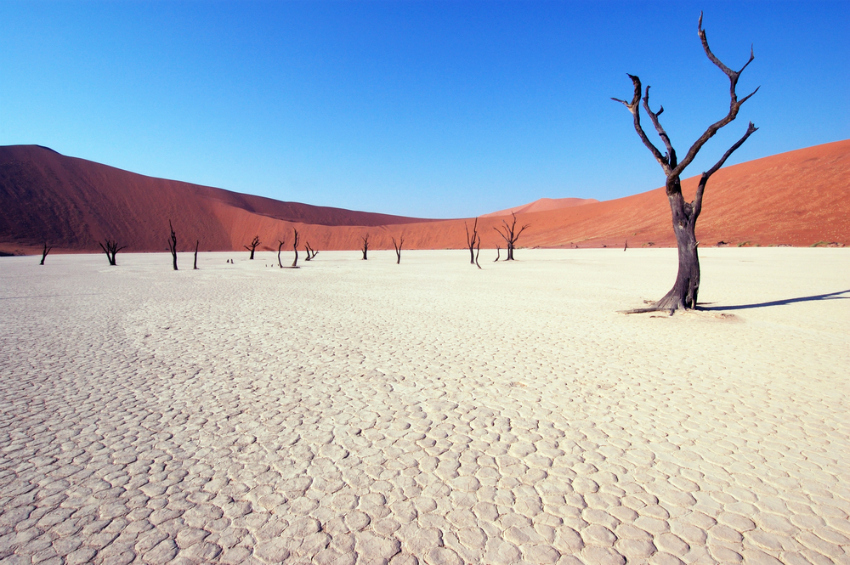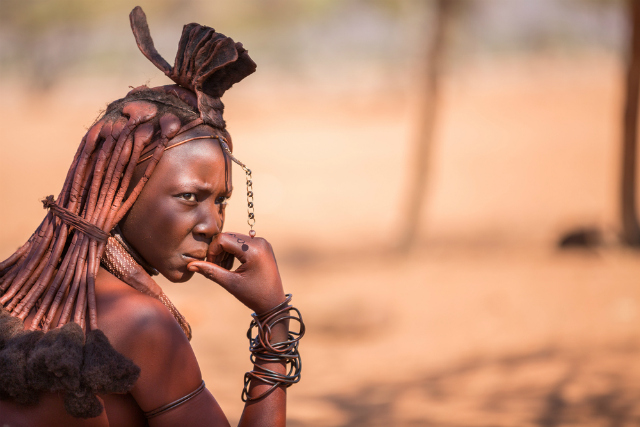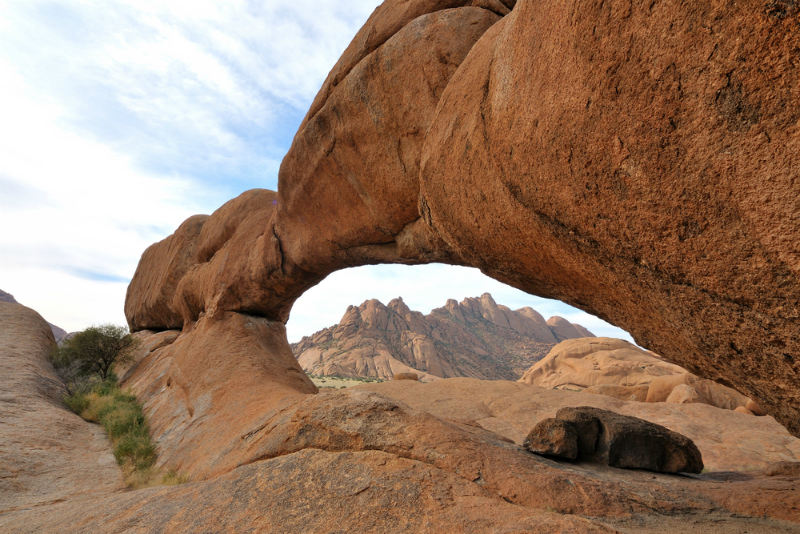Namibia’s stunning sand dunes, German colonial architecture and incredible wildlife areas have earned it a spot as one of the most picturesque places in Africa. Of course, we here at AFKTravel never need much reason to pack our bags, but if you have any hesitation, these 15 awe-inspiring photos of Namibia will make you want to buy a plane ticket TODAY.
1) Sossuvlei Dunes
Sossusvlei is a vast desert area consisting of thousands of massive dunes. The most photographed sand dune in the world, Dune 45, reaches 80 meters (almost 250 ft) as it emerges from Sossuvlei.
2) Luderitz
One of Germany’s four former African colonies, Namibia definitely has the best-preserved colonial buildings compared to the other three (Togo, Cameroon, and Tanzania), partly because Germany retained it the longest, and partly because of Namibia’s low population and slow urban growth.
3) Etosha National Park
Namibia is home to an amazing assortment of wildlife, and Etosha is one of its best parks.
4) Fish River Canyon
Fish River Canyon is second only to the Grand Canyon in terms of impressive geological features. Located in the extreme south of the country, the canyon is over 100 miles (160 km) in length and can reach depths of 1600 feet (550 meters).
5) San People
Also known as Bushmen, the San are one of the oldest ethnic groups on the planet. While many have modernized and now live in cities and towns, the ones that retain their traditional hunter-gatherer lifestyle maintain the same practices as their ancestors did thousands of years ago.
6) The Skeleton Coast
One of the most forbidding in the world, the Skeleton Coast is named for the remains of ships and sailors that have washed up here over the centuries. Rough surf, heavy fog and frequent storms marooned many a seaman on the beaches. Even if sailors survived the wreck, they had the seemingly endless desert to contend with.
7) Deadvlei
The Deadvlei salt pan is located near Sossuvlei in Namib-Naukfluft Park. Very few plants survive this harsh environment and the skeletons of the 800-year-old acacia trees have turned black from centuries of being scorched in the sun.
8) Twyfelfontein Rock Art
Located in northwest Namibia, the carvings and paintings of animals at Twyfelfontein date back 6,000 years. It is one of the largest repositories of ancient art in all of Africa.
9) The road less traveled
Namibia’s mostly flat landscape and excellent road system make it ideal for those who want to see the country by bike. Make sure you’re prepared though, as Namibia has the second lowest population density on Earth, meaning that if you get stuck, it could be a long time before help arrives.
10) The Himba
Known for their distinctive hair styles and accessories, the Himba are considered the last semi-nomadic people in Namibia, besides the San. If you want to learn more about them, there are tour operators who offer sustainable cultural visits.
11) The Caprivi Strip
The tiny strip of land at the border of Namibia, Angola, Zambia, and Botswana has an amazing diversity of wildlife.
12) Sesriem
Located near the Naukluft Mountains, Sossuvlei Dunes, and Sesriem Canyon, the entire area of Sesriem is stunning. One of the best ways to take it all in is via an early morning balloon safari.
13) Spitzkoppe
The granite peaks of Spitzkoppe are hundreds of millions of years old and rise like monoliths out of the desert. The highest peak is 1800 meters high (5800 feet).
14) Cape Cross
Located on the Skeleton Coast, Cape Cross is home to thousands of Cape Fur Seals, one of the largest colonies in the world.
15) Kolmanskop
Located near Luderitz, Kolmanskop is former diamond mining town that’s now a ghost town. It was completely abandoned in 1954 and the desert is slowly but surely reclaiming the area, making for haunting images like the above.
Related content on AFKTravel:
15 Things You Probably Didn’t Know About Namibia’s Skeleton Coast
10 Namibian Tribes You Didn’t Know About
Photo Essay: A Journey Through Namibia’s Etosha National Park
Want to discover the finer side of Africa? Sign up for our weekly newsletter.
